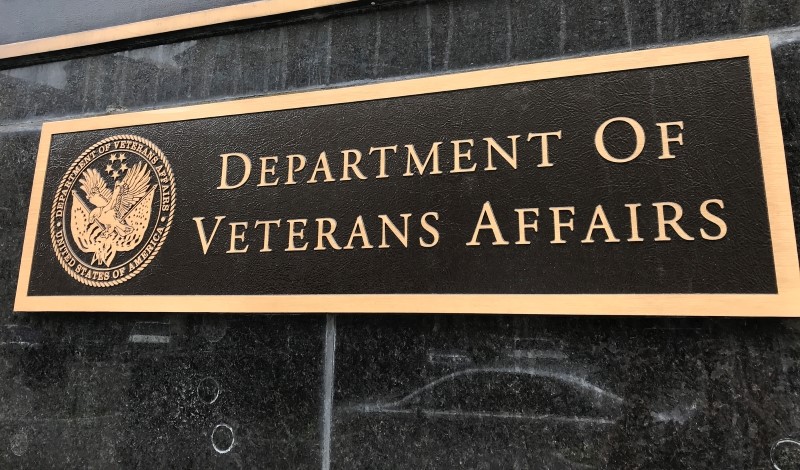
Successful governing today—and in the future—depends on officials adopting an agile mindset.
Paul Verkuil exhorts us to think pragmatically. He invokes William James and others as having provided the intellectual underpinning for being focused on outcomes that matter.
In their book, Public Values Leadership, Barry Bozeman and Michael Crow extend Verkuil’s thinking by suggesting that pragmatism is at the core of all “striving to achieve democratic ideas.”
Public values can be pragmatically advanced at all levels of government and by leaders in organizations large and small. To be successful, public leaders today—including regulators—will benefit from adopting an agile mindset.
This mindset starts with a healthy imagination. As I put it in a recent report on agile government that was issued by the IBM Center for the Business of Government:
Imagine if clear definitions of missions, wide reliance on evidence, and carefully crafted guiding metrics informed collaboration networks via small cross-functional teams, who involved both customers and the public in innovating quickly and iterating on solutions to solve major problems. This is the promise of agile government.
An agile mindset “creates the right spirit of conversations, curiosity and fluidity,” observes Stephen Denning, the author of Age of Agile.
Stanford professor Carol Dweck describes two types of mindset: fixed and growth. The fixed mindset is characterized by the belief that innate talent and achieving objectives based on this talent alone is sufficient. The growth mindset is based on continual learning and questioning to solve difficult problems.
An agile mindset follows from a growth mindset and continually examines the status quo to find better ways to create strategy, organize and implement policies, regulations and programs to improve competence while respecting public values.
Agile government requires a mindset that integrates various elements of good government and executes on at least several of them simultaneously. As strategy is developed and deployed, for example, leaders need continuous learning about their organization including an update on mission and vision, a review of evidence and a refresh of metrics.
In July 2022, the National Academy of Public Administration released a report entitled, “Agile Regulation: Gateway to the Future.” This report builds on a framework of agile government that I developed in my IBM Center for the Business of Government report and it applies that framework to improving regulatory processes and outcomes.
In particular, the NAPA agile regulation report articulates four key principles:
- Regulators should assess the need for regulation, investigating the conditions in society, the economy, or the environment that give rise to an identifiable problem confronting the public. Identifying a real public need is woven into the definition of agile government, which at its most fundamental level centers on how “to develop and implement policies, regulations, and programs to improve performance and grow public service competence—while respecting public values and increasing trust in government.” Competence in public service entails being responsive to problems and delivering reliable results.
- Agile regulatory design involves government leaders starting out by thinking clearly and fully about how to meet their goals through regulation, putting overall strategy at the center of their decision-making. It also involves using innovative methods whenever appropriate and seeking to engage in continuous collaboration. Agile regulatory design should follow from dialogue with the public and the use of internal and external networks to get feedback about existing regulations and their impact as well as any new proposed regulations.
- Internal processes can improve agencies’ agility in developing regulations. Small, yet still inclusive, working groups can be used to craft regulatory proposals and conduct necessary analysis. These teams should be cross- functional within agencies and, where appropriate, even inter-agency in scope. Transparency of these processes is important and the agency’s work should be as visible as possible through the process of regulatory development. To the greatest extent possible, work should be automated or at least undertaken with the benefit of all that technology can offer. Development speed can be improved through the parallel processing of different tasks.
- Finally, agile regulation involves continuous learning. This means that agency personnel should be seeking to studying the impacts of regulations and aiming for continuous improvement in their development and implementation.
Within agile government, there is an emphasis on requiring leadership to develop and examine evidence using such methods as cost benefit analysis, randomized control testing, and customer feedback as part of the overall integrated framework. Toward this end, metrics for success of regulations should be developed in advance of regulatory design to allow for demonstration of positive results or learning from negative ones.
Ultimately, the most important element in agile government rests with its focus on improving trust. The transformation of the Department of Veterans Affairs (VA) stands as an excellent example. Starting in 2014, the VA engaged in a major transformation of its operations. It started by listening to its customers and the public. These listening sessions resulted in the reformulation of the agency’s delivery strategy for health care services. The VA increased its communication and committed to continuous improvement by targeting an increase in trust from somewhere in the 50 percent range to 90 percent. The VA delivered on this transformation and today the department reports that public trust of its performance stood at 77 percent in the quarter ending in 2022.
Although we cannot expect overnight transformation across all levels of government, or for all regulations, the key principles of agile regulation point the way for leaders at all levels government to improve their competence and hopefully enhance public trust.
Agile regulation is a key component of agile government. Both are truly a gateway to the future.
This essay is part of a five-part series entitled, Agile Regulation in a Changing World.




